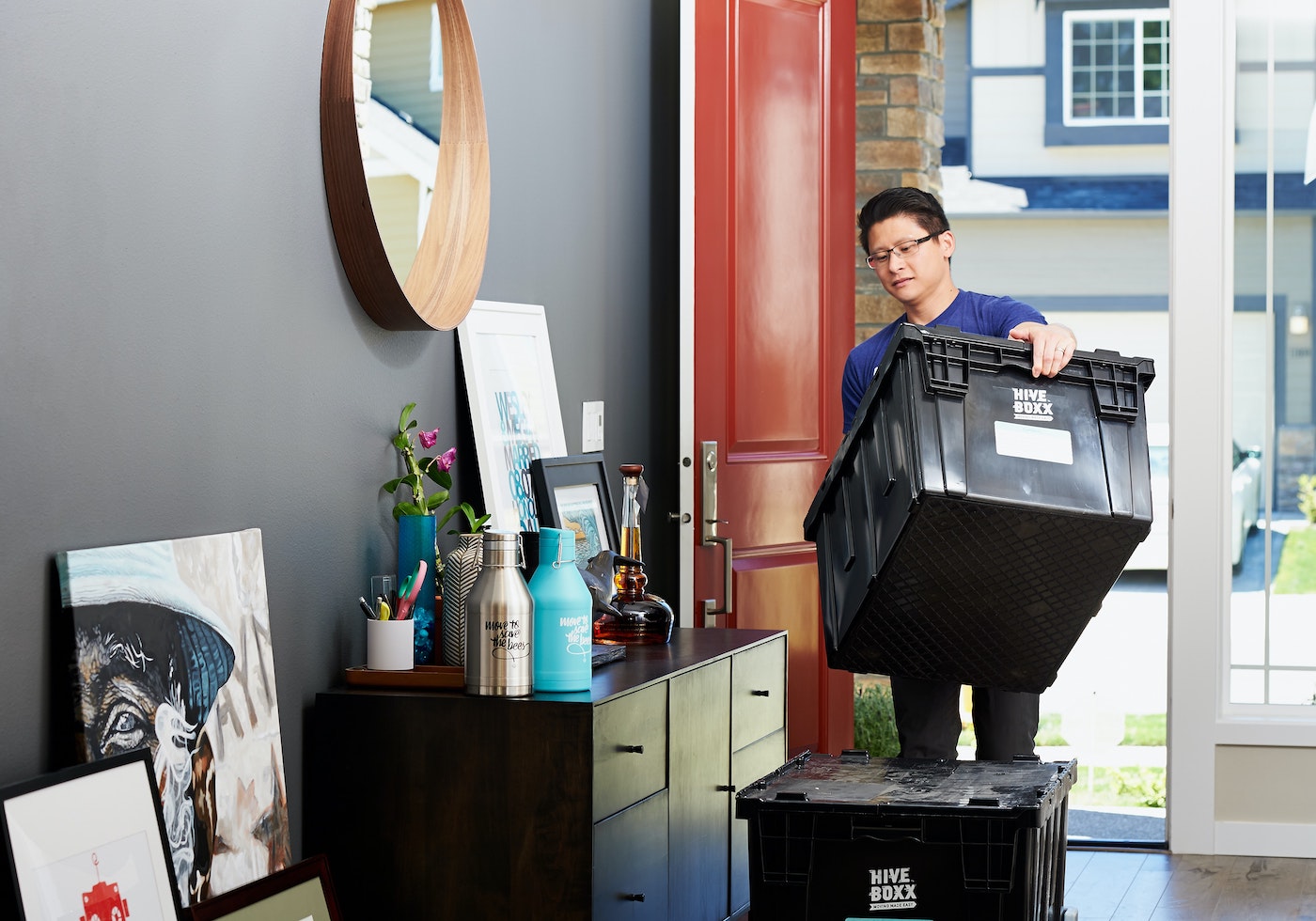
When Is the Best Time of Year to Move?

Moving to a new place is exciting, but it’s a time-consuming endeavor that can be quite stressful without proper planning. One of the factors that can make a move easier or harder is the time of year that you decide to relocate. While there’s no magical date that will make your move completely stress-free, here are some important tips and information to consider when deciding the best time of year to move:
Check your current lease before making the decision to move
When you’re thinking about moving to a new place, the first important step you should take is to review the apartment lease you signed. There will likely be a termination fee if you decide to move out early for any reason—after all, your landlord permitted you to move in on the grounds that you would be paying rent for the lease term, and any change to that lease will affect their income and financial situation. Termination fees can equal a full month’s rent or more, so check the fine print before you make a plan to move based on the desire simply to have a fresh start elsewhere.
Of course, if you’re planning a big move based on a major life change, like pursuing new job opportunities or a new relationship in another city, then it’s understandable that the move-out date you originally agreed upon isn’t in line with your life decisions and schedule. In this case, it’s a good idea to share this information and your reason for relocating with your landlord as early as possible—they might then have the opportunity to find someone to fill the vacancy quickly (and may even be nice enough to waive the termination fee). This is a real possibility if you plan to move out during peak moving season when demand for housing in your neighborhood is high—your landlord might indeed be willing to break your lease without much fanfare if there aren’t many “For Rent” signs up in town.
On the other hand, if your lease is about to end and you need more time before you move out—perhaps to coordinate a long-distance move—you might consider asking your landlord about extending your lease on a month-to-month basis. Again, this will depend on the supply and demand of housing in your neighborhood. If demand has slowed and your landlord is faced with numerous vacancies, they might be willing to part with a year-long lease and instead sign you on for the short term.
Consider the housing inventory in your new neighborhood
So, you want to move somewhere new (be it in your current city or elsewhere), but there aren’t any new places to move into right now. This might be because the rental rates are higher than you’re willing to pay right now, or there is such a demand to live in that new location that you might have to wait for vacancies to become available.
If your planned move is in the same area, you might have to negotiate an extension of your current lease so that you can stay in your current home a while longer. However, if you are looking to move to a new city or town or even a new country to start a new job, an option is to put many of your belongings in storage and search for short-term rentals. Landing makes this process much easier, thanks to a network of fully furnished apartments that are available for short-term leases.
Know the peak moving season in your area
The demand for apartments—and therefore peak moving season—is generally mid-year between May and September. There might be more vacancies coming up during the spring and summer, but more people will indeed be making a housing change.
If you are moving into a big college town, such as Boston, know that September will likely be the hardest month to arrive there because students will be settling into apartments and residence halls near campus in time for the new semester to begin.
If you are able and willing to move in the off-season—again, this is usually during the fall and winter, especially in more seasonal climates—you might find that there is more availability, depending on where you live.
Take into account the time of the week and the month
The majority of leases begin on the first of the month, which means that it might be very difficult for you to book a professional mover unless you lock them down far in advance. The middle of the month is a good time to plan your move-in day, if at all possible. The further into the month that you go for moving into your new space, the better of a chance that you will get a moving appointment (though note that the end of the month can also be hectic to book a move date as rental leases come to an end).
To take advantage of scheduling a move mid-month, it might be possible to work it out with both landlords to pay partial rent at each place for the month that you intend to move.
Additionally, the more flexibility you have in what day of the week you choose to move, the easier it will be. Not everyone can take time off from work to conduct their move, so weekends are often quite busy for both professional and DIY movers. If you are able to move mid-week, such as on a Wednesday or a Thursday, you could have a much easier time with your move (especially if those days don’t fall on the first of the month!).
Inquire about the availability of professional movers
While it’s easy to say that spring and fall are easier seasons during which to move, keep in mind that there are many people who are thinking the same thing when looking for housing.
If you do plan to relocate to a new house or new apartment during peak moving seasons, you will have to plan ahead to beat the rush. Call as soon as possible for a free quote from a moving company and book an appointment as early as you can. By booking movers early, you’ll also get better moving rates, so don’t delay booking that mover or renting that moving truck if you planning a DIY move.
Keep the weather in mind
In an ideal world, everyone would move on a sunny day that’s not too hot or cold. That might actually be possible if you live in a place with a year-round temperate climate! But if you live in a more seasonal climate, you will need to remember moving during the winter or summer can indeed be tricky.
If you live in one of the northern states, where winters often see a continuous blanket of snow on the ground, there is definitely a time of the year that makes it less than ideal for moves. Of course, this might benefit you in terms of the mover or rental truck availability, so take heart if you do indeed have to plan a move-in date during the winter months in a cold-weather state. If you’re conducting a long-distance move, you’ll also have to consider the possibility for harsh weather during your drive. On the flip side, hauling boxes in 100-degree heat in the summer is no walk in the park!
Consider any other regional factors
Aside from all of the above considerations, there may also be other factors that will affect the best time of year to move.
Highly populated cities are always going to be tricky for new residents to plan their arrival. In a place that has many rental units, such as New York City, you have to consider that there will be people moving in and out of those apartments on any given day. The same is true for smaller cities that have numerous colleges and universities—it will always be more difficult to move at the start of the new academic year when the student move-in process is happening simultaneously for all of those off-campus apartments. However, if you are renting in a suburb or other less densely populated area without students, you might find that you have more flexibility with your move.
Thinking about moving somewhere new?
Moving always has some degree of stress, but there’s far less stress when you as an apartment renter with Landing. We offer flexible leases for beautifully furnished apartments so you can move at the right time for you, on your own terms. Learn more about what a Landing membership can do for you today!









